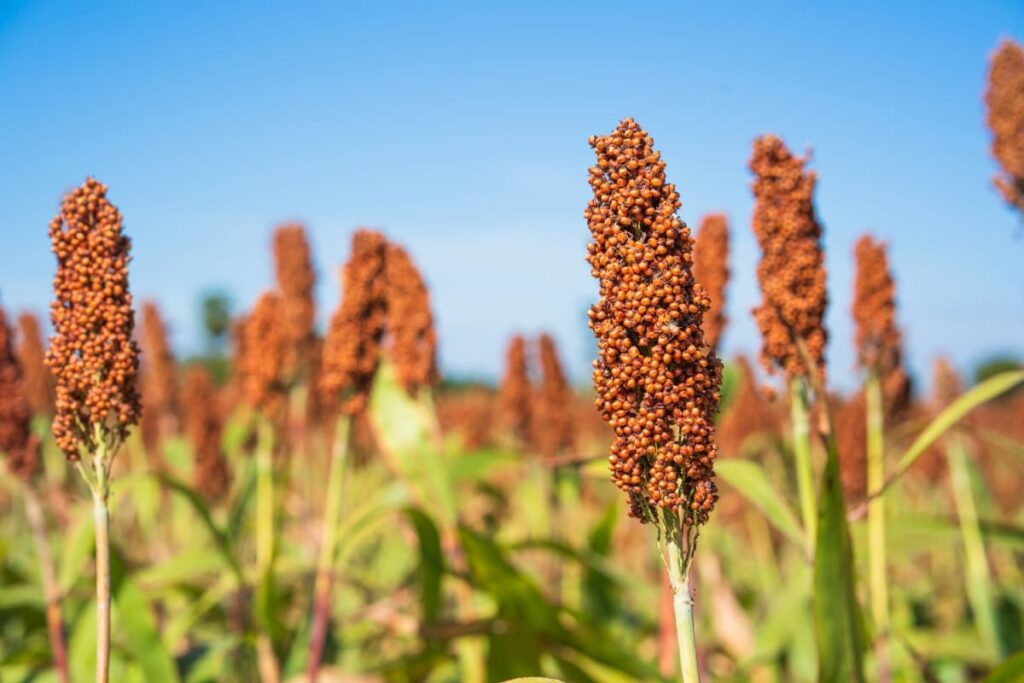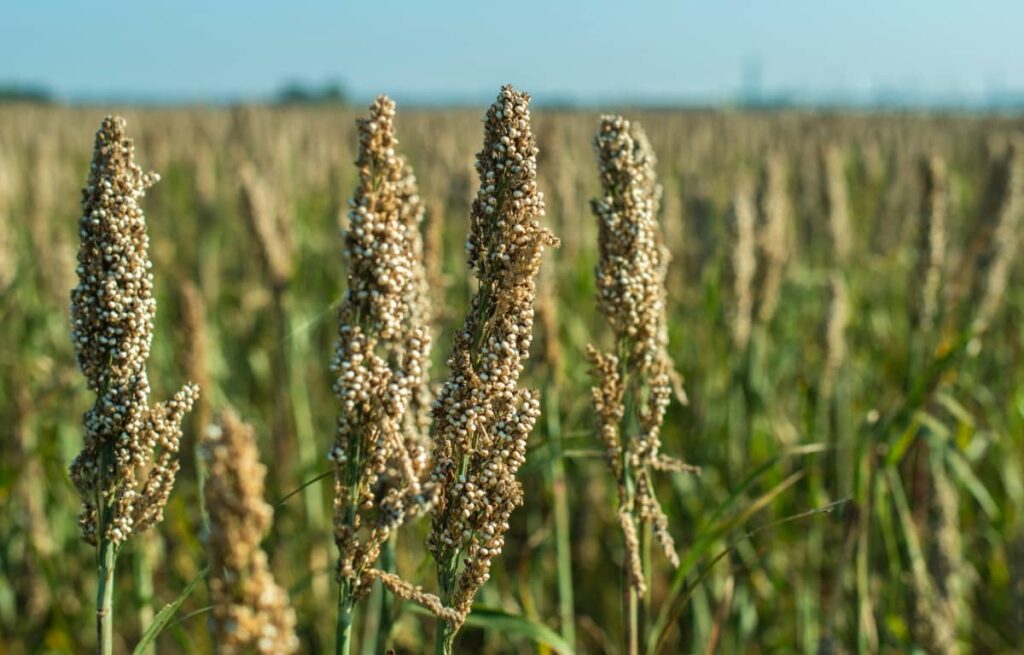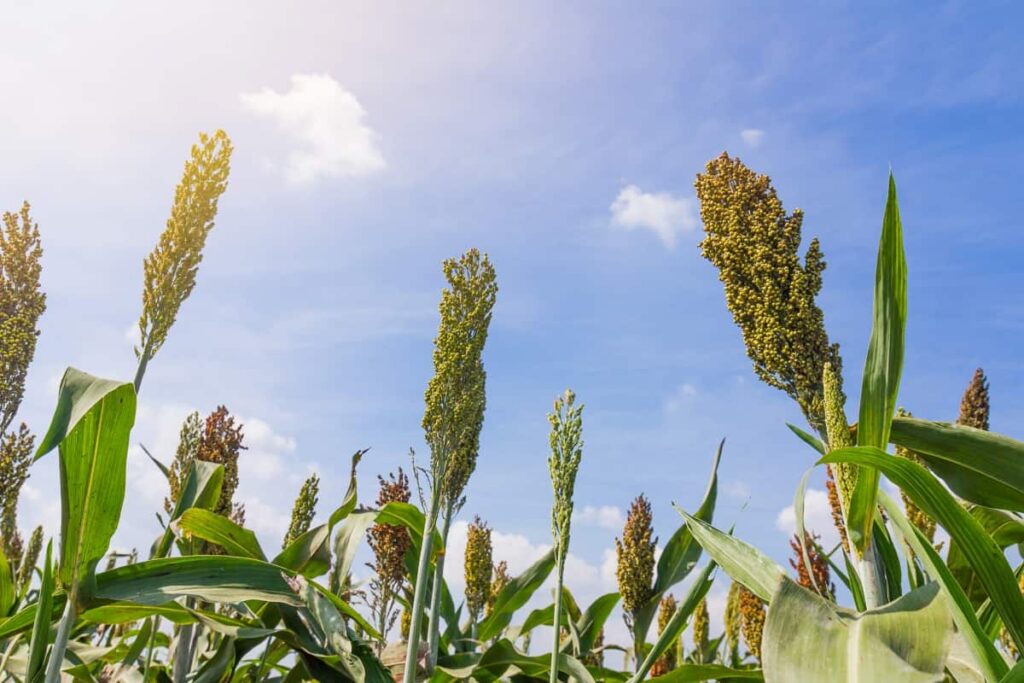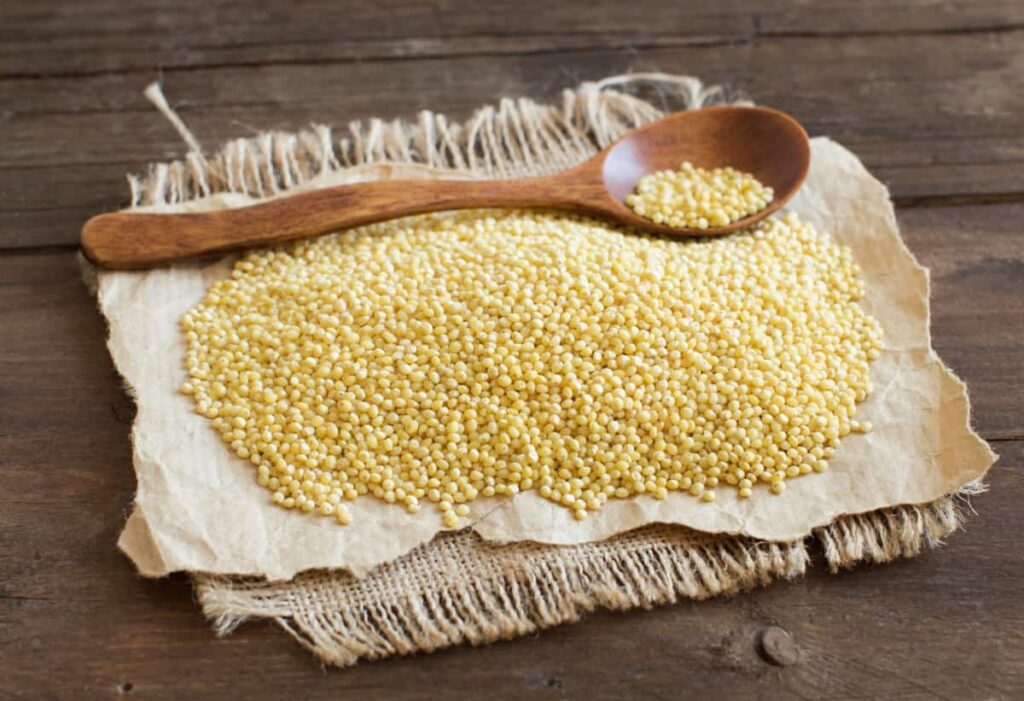Millets, versatile and resilient crops, are vital to India’s agriculture. This exploration of their cultivation costs per acre across states reveals significant regional differences, highlighting the impact of varied agricultural practices and local economic conditions on millet farming expenses.

Millets Cultivation Cost
Overview of Millets Cultivation in India
India has a wide range of temperatures, and its dry zones are ideal for millets, which are nutritious grains. They are widely grown across India and are essential to the country’s agricultural economy, particularly in provinces like Rajasthan and Karnataka. Millets are a great choice for arid regions because of their low water requirements and reputation for enduring tough circumstances.
They are a mainstay of the diet and are rich in calcium, iron, and B vitamins. The health advantages of millet, such as its gluten-free nature that makes it acceptable for those with wheat allergies, are contributing to its growing popularity. Despite its advantages, millet farming has drawbacks, such as poor yield and few processing facilities, which calls for better agricultural methods and market assistance.
Land Preparation Costs for Millets Cultivation
One of the important aspects of millet cultivation is land preparation. Land preparation involves plowing, harrowing, leveling, and applying farmyard manure (FYM) or organic matter to the soil. Land preparation helps to improve soil structure, aeration, water retention, and nutrient availability. Land preparation also helps to control weeds, pests, and diseases.
| Type of Millet | Cost Per Acre (Rs.) |
| Sorghum (Jowar) | 3,237 |
| Pearl millet (Bajra) | 2,428 |
| Finger millet (Ragi) | 2,833 |
| Foxtail millet (Kangni) | 2,023 |
| Little millet (Kutki) | 1,619 |
| Barnyard millet (Sanwa) | 1,619 |
| Kodo millet (Kodra) | 1,619 |
| Proso millet (Barri) | 1,619 |
| Brown top millet (Korle) | 1,619 |
Cost of Seed and Planting Material
The main components of the cost of cultivation of millets are seed and planting material, fertilizer and manure, irrigation charges, labor charges, machinery charges, and miscellaneous expenses. Among these, seed and planting materials account for a significant proportion of the total cost. The cost of seed and planting material for pearl millet cultivation is Rs. 1000 per acre, which was about 29% of the total cost of cultivation (Rs. 3,400 per acre). The cost of seed and planting materials may greatly vary depending on the quality and availability of seeds.
Fertilizer and Nutrient Management Costs
Fertilizer and nutrient management costs include the expenses incurred on purchasing, applying, and transporting fertilizers and other soil amendments. These costs vary depending on the type, quantity, quality, and source of fertilizers and nutrients used. The costs also depend on the soil type, crop variety, cropping system, and climatic conditions. The optimal dose of nitrogen (N), phosphorus (P), and potassium (K) for millet cultivation is 60:30:30 kg/ha. The recommended sources of N, P, and K are urea, diammonium phosphate (DAP), and muriate of potash (MOP), respectively.
In case you missed it: Month-wise Millets Farming Operations: Management and Maintenance For Better Yields and Profit

Farmers should apply half of the N dose at sowing and the remaining half at the tillering stage. The P and K doses should be applied as basal dressing before sowing. Therefore, the total fertilizer and nutrient management costs for millet cultivation in India range from Rs. 1,600 to Rs. 3,500 per hectare, depending on the type of millet and the source of fertilizers and nutrients used.
Irrigation Costs for Millets Cultivation
One of the major advantages of millet is its low water requirement compared to other cereals. Millets can grow well with less than 35 cm of rainfall per year, while some varieties need at least 40 cm of rainfall for optimal yield. This makes millets suitable for rainfed farming systems, where irrigation facilities are scarce or unreliable. The cost of irrigation for millet cultivation depends on various factors, such as the source of water, the method of irrigation, the frequency and duration of irrigation, the area under cultivation, and the type of millet.
The average cost of irrigation for millet cultivation in India was Rs. 600 per acre. The most common sources of water for irrigating millets are wells, borewells, tanks, canals, and rivers. The most common methods of irrigation are flood irrigation, sprinkler irrigation, and drip irrigation. Flood irrigation is the cheapest but also the most wasteful method, as it involves flooding the entire field with water.
Costs Associated with Pest and Disease Management
Pest and disease management for millet cultivation involves various activities such as monitoring, prevention, control, and recovery. These activities require different inputs such as labor, materials, equipment, and services. The major pests affecting millet were shoot fly, stem borer, and earhead caterpillar, while the major diseases were blast, leaf spot, and smut.
The costs associated with these inputs depend on various factors, such as the type of millet, the pest or disease, the severity of the infestation, the location, the season, and the availability of resources. The average cost of pest and disease management for millet cultivation in India was Rs. 654 per acre. This accounted for about 9% of the total cost of cultivation.
Labor Costs in Millets Cultivation
One of the advantages of millets is that they require less labor and water than other crops. Millets are drought-tolerant and can grow in dry and marginal lands where irrigation facilities are scarce. Millets also have a shorter growing season and can be harvested quickly. This reduces the labor requirement and the risk of crop failure due to weather fluctuations.
In case you missed it: Andhra Pradesh Organic Farming: For Vegetables, Herbs, Fruits, Millets, Crops, Livestock, and Aquaculture

However, the labor costs of millets are still significant and vary across states. The cost of human labor per acre for pearl millet was highest in Tamil Nadu (Rs. 9000) and lowest in Rajasthan (Rs. 2,600). Similarly, the cost of human labor per acre for sorghum was highest in Tamil Nadu (Rs. 10,000) and lowest in Maharashtra (Rs. 2,800).
Machinery and Equipment Costs
| Machinery/Equipment | Cost Range (Rs.) |
| Tractor | 3,00,000 – 10,00,000 |
| Power Tiller | 50,000 – 2,00,000 |
| Seed Drill | 10,000 – 50,000 |
| Weeder | 2,000 – 20,000 |
| Harvester | 20,000 – 2,00,000 |
| Thresher | 10,000 – 1,00,000 |
| Destoner-cum-Grader | Approx. 2,00,000 |
Post-Harvest Handling and Transportation Costs
One of the major challenges faced by millet farmers is the high cost of post-harvest handling and transportation. Post-harvest losses can reduce the quantity and quality of millet and affect the income and livelihoods of farmers. After harvesting, costs are incurred in drying, storage, and transportation. These costs can vary greatly but generally range from Rs. 1,000 to Rs. 2,000 per acre.
State-Wise Millets Cultivation Cost Per Acre
| State | Cost Per Acre |
| Andhra Pradesh | 10,500 |
| Bihar | 11,000 |
| Chhattisgarh | 12,000 |
| Gujarat | 13,500 |
| Haryana | 14,000 |
| Jharkhand | 12,500 |
| Karnataka | 11,500 |
| Madhya Pradesh | 12,500 |
| Maharashtra | 13,000 |
| Odisha | 11,500 |
| Rajasthan | 11,300 |
| Tamil Nadu | 10,500 |
Frequently Asked Questions (FAQ) on Millets Cultivation
How Long Does It Take for Millets to Grow and Be Ready for Harvest?
The growth duration for millets varies among different types. Generally, they mature quickly, ranging from 60 to 120 days from the date of sowing harvest, depending on the variety and environmental conditions.
Can Millets Be Intercropped with Other Plants?
Yes, millets can be effectively intercropped with legumes, oilseeds, and other cereals. Intercropping helps improve soil fertility and control pests and diseases.
In case you missed it: Maximizing Yields and Profit: A Comprehensive Guide to Millets Farming Business Plan

Conclusion
The cost of cultivating millets per acre in India varies notably across states. This fluctuation is influenced by regional differences in labor, machinery, and input costs, emphasizing the need for tailored strategies to enhance millet farming profitability.
- Management Pests and Diseases in Your Cotton Field
- Sheep Farming Business Plan for Beginners
- Aquaponic Farming at Home: A Step-By-Step Guide
- Profitable Village Farming Business Ideas in 2024
- High-Yield Aquaculture: Fast-Growing Fish for Farming
- Effective Fish Pond Construction Techniques for Beginners
- Irrigation and Water Management in Pineapple Farming
- Blossom to Harvest: Mastering Flowering and Pollination in Papaya Farming
- Pig Fattening Essentials: From Selection to Sale for Beginners
